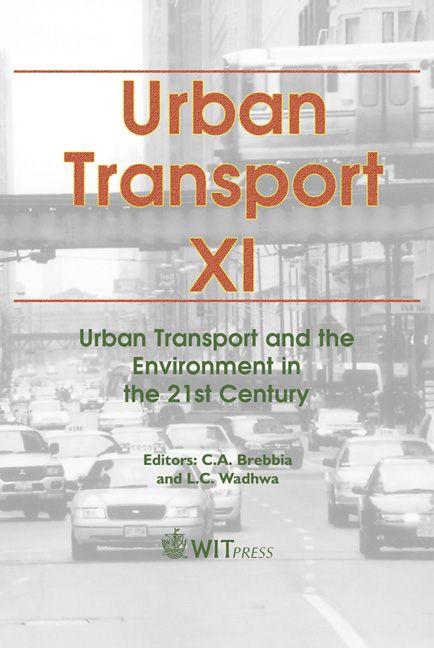Sustainable Transportation Systems
Price
Free (open access)
Transaction
Volume
77
Pages
7
Published
2005
Size
810 kb
Paper DOI
10.2495/UT050341
Copyright
WIT Press
Author(s)
I. Cruzado
Abstract
Sustainable Design, also known as sustainability, has become a key concept in the 21st century. The concept became indispensable when society realized that traditional planning methods had negative consequences on the environment, like pollution and the excessive use of natural resources. Professionals specializing in different engineering areas decided to improve planning methods in order to avoid future generations focusing on the search for solutions to the problems caused by traditional planning. In order to achieve a sustainable community, changes in its transportation systems must be made. A successful promotion about the negative consequences of private automobile dependency and the benefits of self-mobility is the first step that transportation engineers must take before designing sustainable transportation systems. Keywords: sustainable transportation systems, sustainability, sustainable design, mass transit system, self-mobility, traffic calming. 1 Introduction Traditional planning methods resulted in problems to the environment, such as air and noise pollution, and even in health problems. When applied to transportation systems, the traditional methods resulted in traffic congestion problems, saturating highways with a high demand of vehicle volume. The \“sustainable design” term, when related to transportation systems, does not considered to the use of the private vehicle. This report intents to inform planners, as well as every society, about the changes that have to be made in order to achieve a transportation system that could be categorized as sustainable and thus, achieve a sustainable community.
Keywords
sustainable transportation systems, sustainability, sustainable design, mass transit system, self-mobility, traffic calming.





